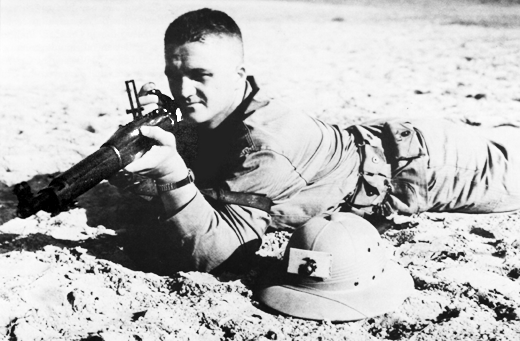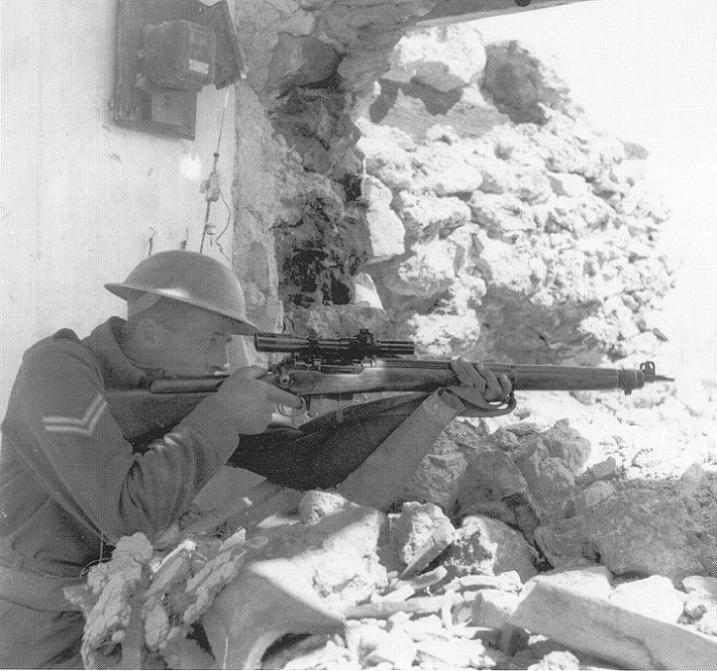I like history and l am into collecting old military arms. Certainly I shoot what I collect too. Naturally I would like to shoot accurately.
From time to time, people come suggest I should sling up. Wrap the sling around my left arm so that the rifle butt presses against my shoulder. It helps. I never have served in any armed force, but I am not sure how often any soldier would sling up in battle. It is so clumsy that one may just get himself killed before he can hit anybody.
Your input and comments are welcome. Thanks.
-TL
From time to time, people come suggest I should sling up. Wrap the sling around my left arm so that the rifle butt presses against my shoulder. It helps. I never have served in any armed force, but I am not sure how often any soldier would sling up in battle. It is so clumsy that one may just get himself killed before he can hit anybody.
Your input and comments are welcome. Thanks.
-TL




